Asparagus Plant
- November 7, 2023
- 0 comment
The asparagus plant, scientifically known as Asparagus officinalis, is a versatile and nutritious vegetable that has been cultivated for centuries. This hardy, perennial plant is celebrated for its succulent, tender shoots that are typically enjoyed as a delectable addition to various culinary dishes.
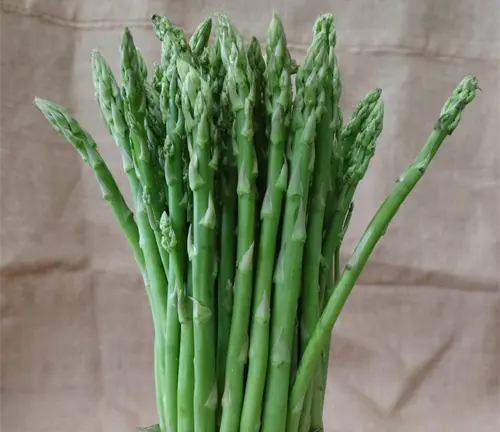
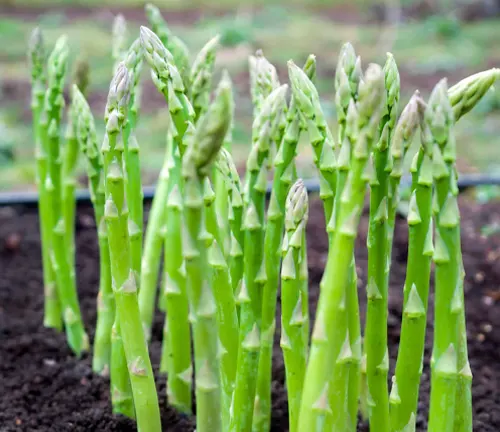
Asparagus is a favorite among health-conscious individuals because it is low in calories, a good source of vitamins, and high in dietary fiber. These tall, feathery plants are characterized by their fern-like foliage and thick, underground root systems, which help them thrive in a range of climates.
Asparagus is often grown in well-drained soils and is known for its early spring harvest season. It’s prized not only for its delightful flavor but also for its potential health benefits, making it a popular choice for those seeking a nutritious and versatile addition to their diet.
| Characteristics | Description |
| Scientific Name | Asparagus officinalis |
| Family | Asparagaceae |
| Type | Perennial |
| Height | 3 to 7 feet (0.9 to 2.1 meters) |
| Foliage | Feathery, fern-like, light green to green |
| Growth Rate | Moderate |
| Root System | Rhizomatous |
| Climate | Temperate to subtropical |
| Soil Type | Well-drained, sandy or loamy |
| pH Level | 6.0 to 7.0 |
| Sunlight | Full sun to partial shade |
| Watering | Regular, moderate moisture |
| Hardiness Zones | 3 to 8 (varies by variety) |
| Harvest Season | Early spring to early summer |
| Edible Part | Tender young shoots (spears) |
| Nutritional Content | Low in calories, high in vitamins, and dietary fiber |
| Culinary Uses | Often steamed, roasted, grilled, or used in various dishes |
| Health Benefits | Rich in vitamins and antioxidants |
| Maintenance | Regular weeding, mulching, and pruning of dead foliage |
| Propagation | From crowns, seeds, or dividing established plants |
| Pests and Diseases | Susceptible to aphids, snails, and rust |
| Special Considerations | Plants can take 2-3 years to produce a significant harvest |
Botanical Beauty of Asparagus Plant
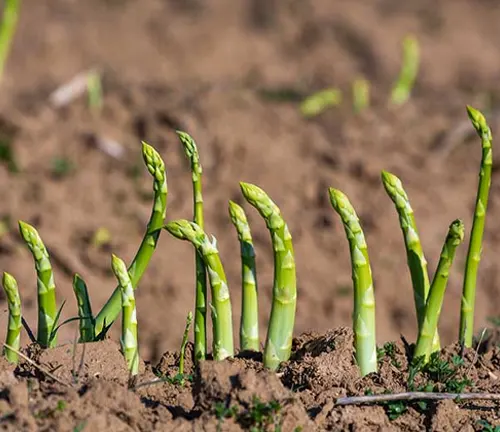
The Asparagus plant, or Asparagus officinalis, is a botanical gem that captivates with its elegant appearance and versatility. This perennial wonder, belonging to the Asparagaceae family, boasts a graceful, feathery foliage that gently sways in the breeze. Its delicate, light green to green fronds add a touch of botanical beauty to gardens and landscapes, earning it a special place among plant enthusiasts. But the allure of the Asparagus plant goes beyond its aesthetics; it also holds ecological significance, offers a unique fragrance, and contributes to soil stabilization.
Woodland Elegance
One of the striking attributes of the Asparagus plant is its woodland elegance. The feathery, fern-like foliage creates an enchanting atmosphere reminiscent of a lush forest. Asparagus can reach heights of 3 to 7 feet, and when grown in groups, these tall and graceful fronds create a mesmerizing display. Its foliage serves as a natural ornament, turning any garden into a tranquil retreat, making it a favorite among landscape designers and garden enthusiasts.
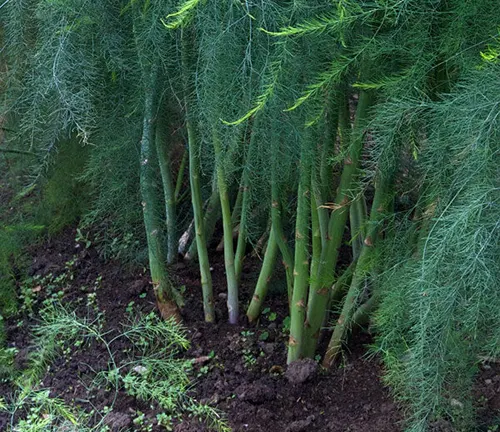
Ecological Importance
Beyond its aesthetic appeal, the Asparagus plant plays a crucial role in ecosystems. Asparagus ferns provide shelter and nesting sites for birds and insects, contributing to biodiversity. Its root system helps prevent soil erosion, making it an important player in stabilizing landscapes. Asparagus plants are not just pleasing to the eye but also vital to the health of the environment.
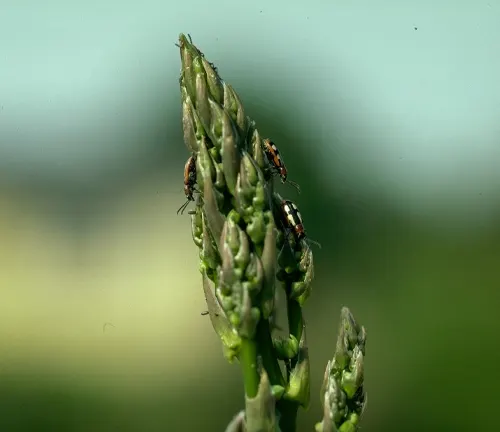
Cultivation and Conservation
Cultivating Asparagus plants can be a rewarding endeavor. They thrive in well-drained soils with a pH level between 6.0 and 7.0. Asparagus is renowned for its early spring harvest season, making it a valuable addition to home gardens and commercial farming. Conservation efforts are also in place to protect and preserve the wild varieties of Asparagus, ensuring the continued existence of this botanical treasure.
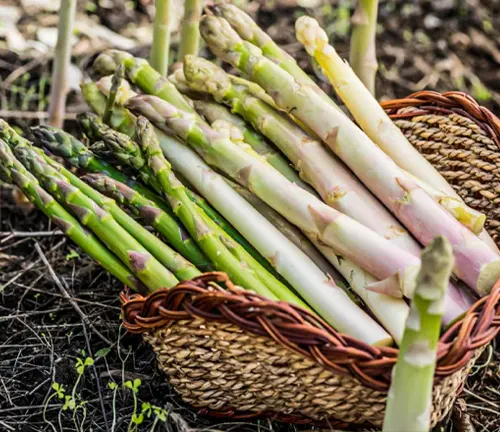
Fragrance
One delightful surprise of the Asparagus plant is its subtle fragrance. While it’s not as overpowering as traditional flowers, the fresh, earthy scent it exudes when brushed against is a reminder of the natural world’s beauty. This gentle fragrance adds to its charm and sets it apart from other ornamental plants.
Soil Stabilization
Asparagus plays a significant role in soil stabilization, thanks to its robust root system. Its rhizomatous roots help prevent soil erosion, making it a natural solution for landscapes facing this challenge. This ecological service further highlights the plant’s value beyond its visual appeal.
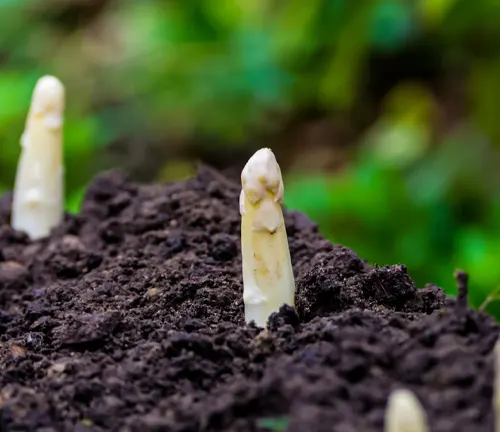
Common Uses
The Asparagus plant is well-loved in culinary circles for its tender young shoots, often referred to as “spears.” These spears are a delicacy in many dishes, from steamed and roasted to grilled and used in salads. The culinary versatility of asparagus has made it a staple in many households and upscale restaurants.
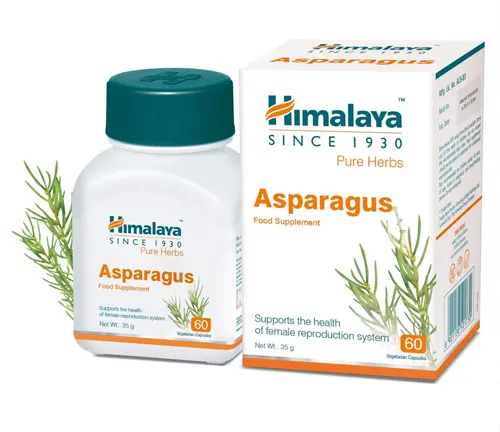
Benefits
Apart from being a delectable addition to various dishes, asparagus offers a range of health benefits. It is low in calories, a good source of vitamins, and high in dietary fiber. Asparagus is known for its potential to support digestive health, provide antioxidants, and boost the immune system. Its nutritional value and versatility make it a popular choice for those seeking both a tasty and nutritious addition to their diet.
Different Species
Asparagus officinalis
Common asparagus, also known as garden asparagus, this is the most widely cultivated species for its edible young shoots.
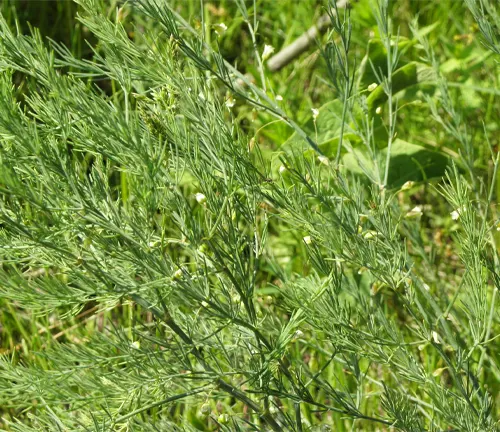

Asparagus aethiopicus
Often referred to as the Sprenger’s asparagus or Asparagus fern, this species is primarily grown as an ornamental plant for its feathery foliage.
Asparagus densiflorus
This species is commonly known as the “Foxtail Fern” due to its tightly packed, upright fronds. It’s also popular as an ornamental plant.
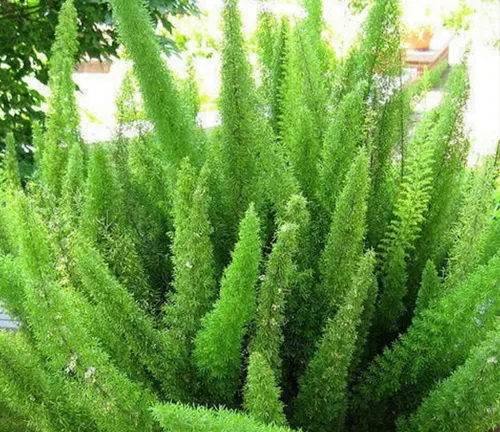
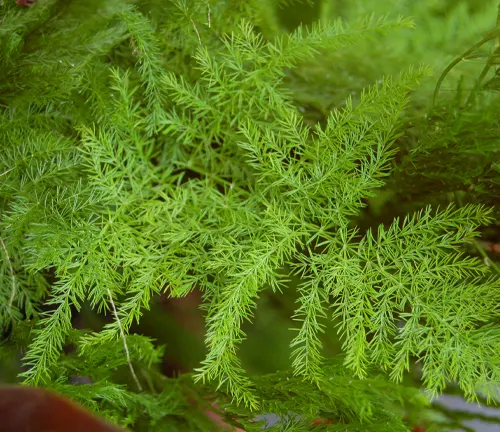
Asparagus setaceus
Known as the “Plumosa Fern” or “Lace Fern,” this species is another popular choice for ornamental purposes, prized for its fine, feathery foliage.
Asparagus racemosus
Also called “Shatavari” or “Wild Asparagus,” this species is valued for its medicinal properties in traditional Ayurvedic medicine.
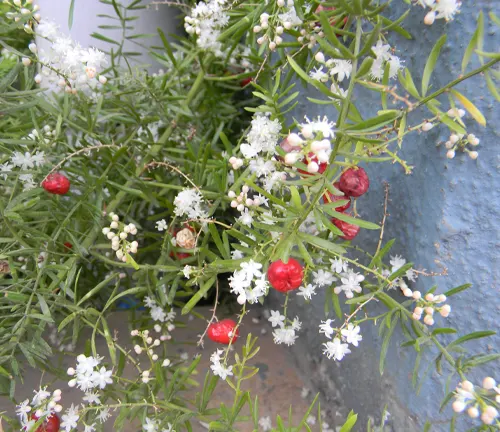
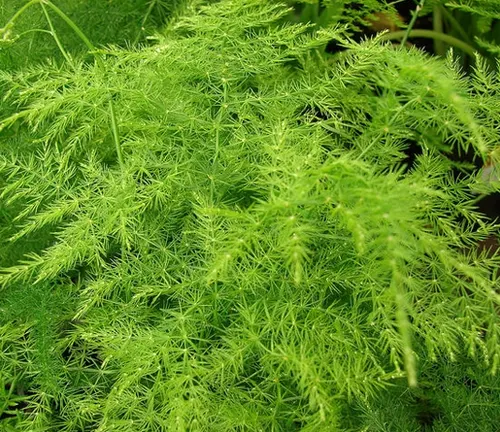
Asparagus plumosus
This species, also known as “Asparagus fern” or “Climbing Asparagus,” is appreciated for its decorative trailing vines and delicate foliage, making it a favorite in hanging baskets and flower arrangements.
Asparagus australis
Native to Australia and New Zealand, this species of asparagus features small, needle-like leaves and is known for its resilience in various climates.

Frequently Asked Questions (FAQs)
- How do I grow asparagus in my garden?
Asparagus can be grown from crowns or seeds in well-drained, sunny to partially shaded areas with the right soil conditions. Proper planting, spacing, and care are essential for a successful asparagus harvest. - When can I harvest asparagus?
Asparagus is typically harvested in early spring to early summer. The exact timing depends on your climate and the age of the asparagus plant. - How do I care for asparagus plants during the growing season?
Asparagus plants require regular watering, weeding, and the removal of dead foliage. Proper mulching and fertilization are also important for healthy growth. - Can I grow asparagus in containers?
While it’s possible to grow asparagus in containers, it can be challenging due to the plant’s tall growth and deep root system. Large containers and proper care are necessary for container gardening. - What pests and diseases commonly affect asparagus plants?
Asparagus plants can be susceptible to pests such as aphids and snails. They may also face diseases like rust. Proper pest management and good hygiene practices can help prevent these issues. - How long does it take for asparagus plants to produce a significant harvest?
Asparagus plants typically take 2 to 3 years to establish before they produce a substantial harvest. Patience is key when growing asparagus. - Are there any wild varieties of asparagus, and are they edible?
Yes, there are wild varieties of asparagus. While some are edible and closely related to the cultivated asparagus, others may be toxic or less palatable. It’s essential to properly identify wild asparagus species before consuming them. - What are the nutritional benefits of consuming asparagus?
Asparagus is low in calories, rich in vitamins (especially vitamin K and folate), and high in dietary fiber. It offers potential health benefits, including supporting digestive health and providing antioxidants. - Can asparagus be frozen for later use?
Yes, asparagus can be frozen to preserve its freshness. Proper blanching and packaging are necessary to maintain its quality. - Are there any traditional or medicinal uses of asparagus plants?
Asparagus racemosus, also known as “Shatavari,” is used in traditional Ayurvedic medicine for various health purposes. It is believed to have medicinal properties and is used as a dietary supplement.


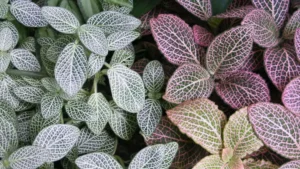
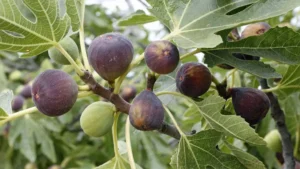


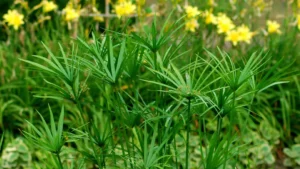
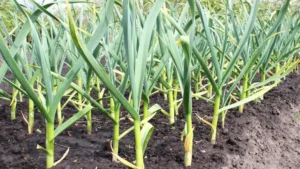

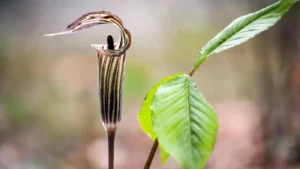
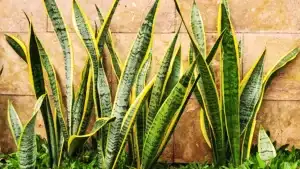
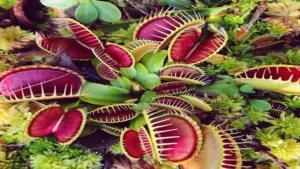
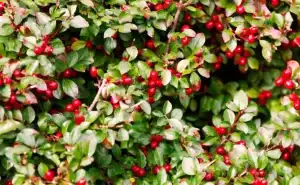
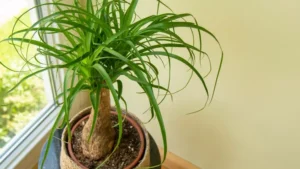
Leave your comment